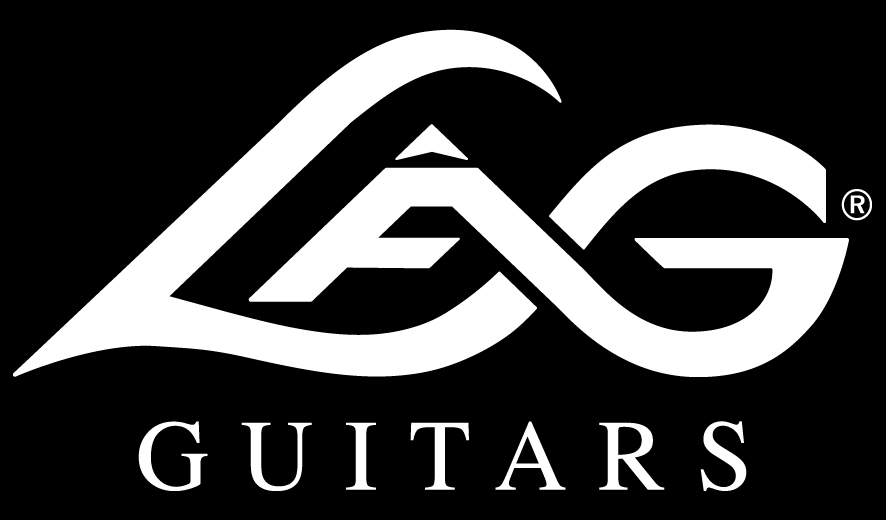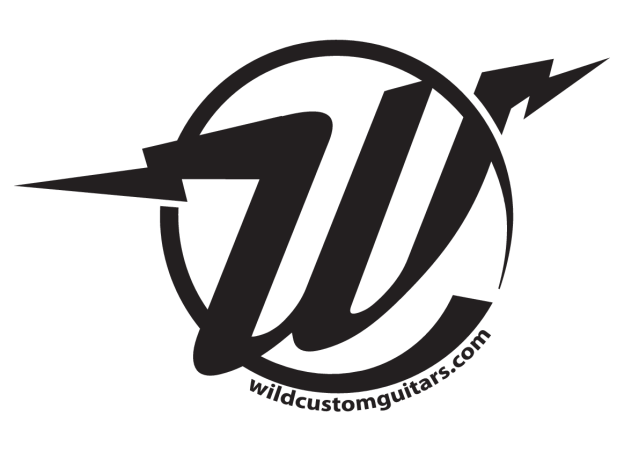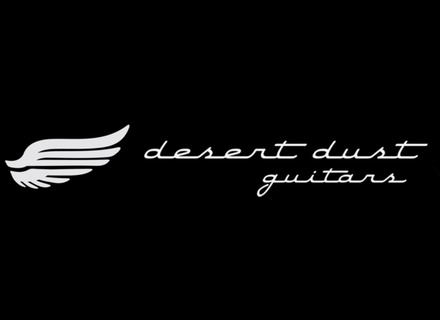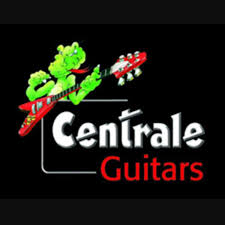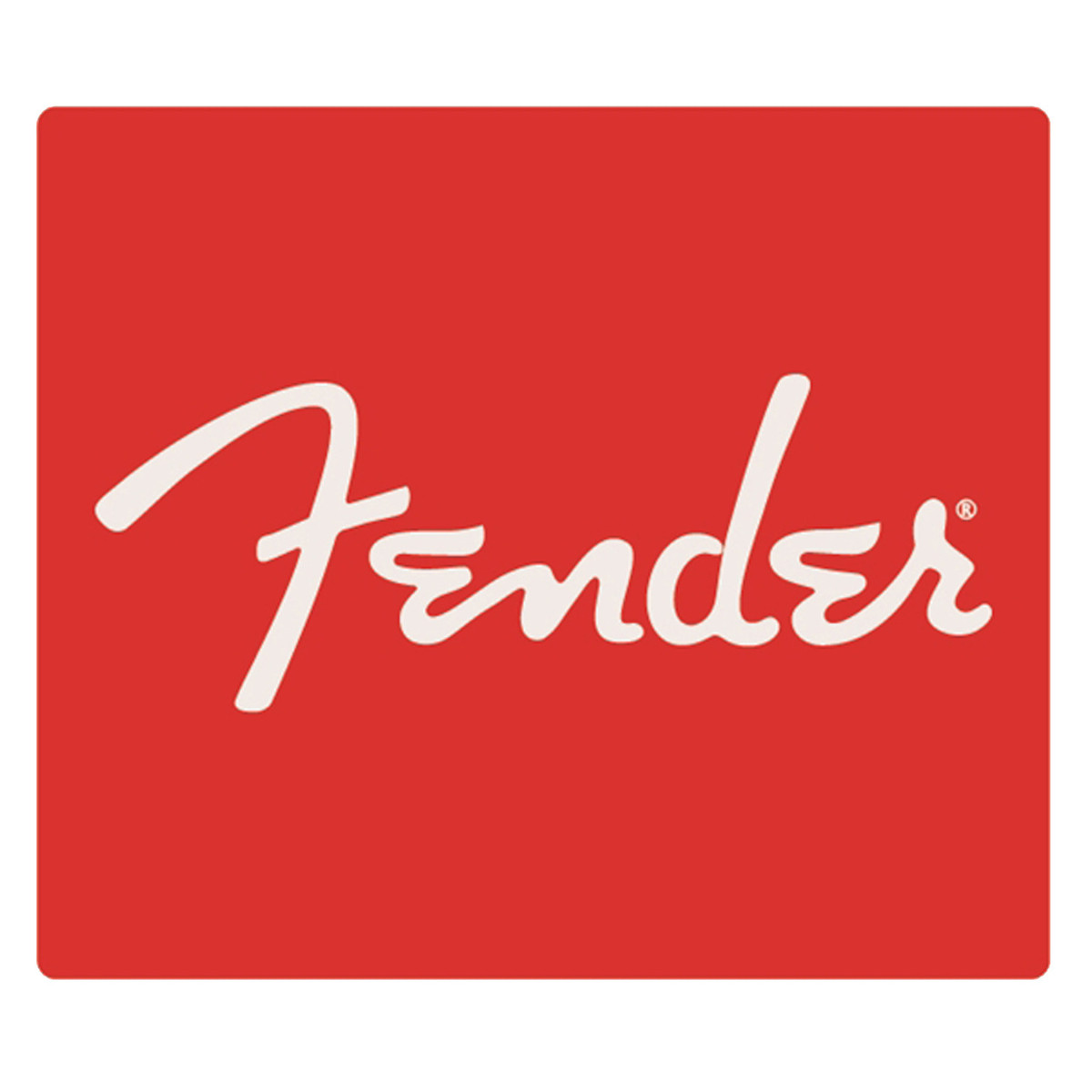Summary
In 2020, the global guitar market will continue to experience changes in consumer behavior and preferences. Despite a slowdown in the electric guitar market due to the ageing of the musician population and changing musical trends, the acoustic guitar segment manages to remain stable. Demand for guitars in France remains strong, with 21% of those surveyed playing the instrument. The French market shows a strong bias towards mid-range instruments, which account for 52% of new purchases. However, the second-hand market is also important, particularly for high-end names where older models fetch higher prices, fuelling speculative investment.
In terms of distribution, resale stores lead the way. Challenges are notable in the retail sector, as evidenced by the closure of over 200 musical instrument stores and the filing for bankruptcy of major players such as Gibson. In addition, stores have struggled to innovate due to financial constraints, as e-commerce has revolutionized consumer buying habits.
Industry players have begun to explore R&D to differentiate their products through alternative materials such as bamboo and carbon, although further research is needed. Start-ups like HyVibe are innovating by integrating technology, transforming guitars into intelligent devices. Regulatory pressures concerning raw materials also persist, with international and European rules affecting the availability of certain woods and metals, prompting the search for sustainable local alternatives. Data suggest a market that balances traditional values with modern innovations, while meeting economic and regulatory challenges
Trends and developments in the French guitar market
In the vibrant country of France, nestled within the broader spectrum of musical instruments, the guitar is very popular, with a penchant for plucked instruments leading the charge in terms of market sales. Representing 45% of instruments sold, they outstrip their keyboard counterparts, which account for around 23%, with wind, drum and string instruments following in their wake. The guitar, with its rich heritage and diverse forms, has taken root in the culture and hearts of the French, maintaining a steady rhythm of interest among a wide range of buyers. Despite the turbulence of the economic crisis, the guitar market in France has proved resilient, particularly in the acoustic field, where it has managed to maintain its position.
Among the new stringed instruments purchased by the French, mid-range guitars, priced from around 150 to 700 euros, are the most popular, with a majority share of between 50% and 55%. Entry-level instruments claim a substantial share of around 40%, while high-end guitars settle for around 7%. Vintage guitars, those collector's items over 25 to 30 years old, tend to appreciate in value, often fetching a higher price on the second-hand market than their original selling price, revealing a fascinating mix of fashion, tradition and investment. This reflects the sentiment of the French guitar market, where the search for a rich look and a rich history underlines the appeal of these instruments.
In terms of distribution dynamics, resale stores are the main place to buy plucked string instruments, but the internet market plays an important role, with around 25-30% of purchases made online. The digital space has transformed the pace of transactions, attracting an ever-wider audience, from beginners to maestros in search of the perfect sound. In the melody of the French guitar market, there is a subtle interplay of price, preference and accessibility. While affordability guides beginners, connoisseurs and professionals are inclined to invest in top-quality strings and craftsmanship, which can range from around 700 to several thousand euros. However, the market is not immune to transformation, with changes echoing the push towards sustainable and innovative materials such as bamboo and linen.
The French guitar market thus resonates with distinct chords of conventional tastes married to a growing appetite for innovation and sustainability, setting the stage for an increasingly competitive guitar market. the guitar market is made up of a constellation of brands and manufacturers, each with its own heritage, reputation and impact on the industry.
Here's a closer look at some of the big names that are frequently mentioned when it comes to the guitar market.
- Fender Musical Instruments Corporation: Fender is a titan in the world of electric guitars, its iconic Stratocaster and Telecaster models being among the most recognized and revered instruments in the industry. The company has a rich history of innovation and has helped shape modern music across all genres. Fender's influence is felt not only in the instruments it supplies, but also in the cultural status they convey.
- Gibson Brands, Inc: This stalwart manufacturer has faced its share of challenges, including a recent bankruptcy and restructuring, but it remains a powerful force in the industry. Known for legendary models such as the Les Paul and SG, the Gibson brand has been chosen by many influential musicians, contributing to its prestigious legacy. Despite the ups and downs of the market, Gibson's commitment to quality and its durable models keep it at the forefront of high-end guitar production.
- Thomann: As Europe's largest musical instrument retailer, Thomann has become an essential online destination for musicians looking for guitars and other equipment. Its reach extends beyond physical products to include a wealth of online resources for customers. Although not a manufacturer, Thomann's ability to command such a large share of sales on the Internet presents a notable competitive challenge to traditional brick-and-mortar retailers.
- José Ramirez: As mentioned in the analysis of high-end classical guitars, José Ramirez represents a brand deeply rooted in the tradition of Spanish lutherie. Guitars made by this renowned workshop are celebrated for their quality, craftsmanship and rich tonal qualities, perpetuating the heritage of the classical guitar into the modern era.
- Epiphone: A subsidiary of Gibson Brands, Epiphone offers a range of guitars that mirror the design of their more expensive Gibson counterparts, but at a more accessible price. This brand allows beginners and intermediate players to discover the feel and sound of Gibson's renowned models without having to invest considerable sums.
- Squier: Similarly, Squier is Fender's affordable range, extending the reach of the Fender name to those on a tighter budget. The brand is known for producing entry-level versions of Fender's famous electric guitars and basses, training the next generation of musicians.
to understand this market
Detailed content
 Inforamtion
Inforamtion
- Number of pages : 30 pages
- Format : Digital and PDF versions
- Last update : 11/08/2023
 Summary and extracts
Summary and extracts
1 Market overview
1.1 Presentation
The term guitar comes from the ancient Greek: κιθάρα / kithara: zither. It is a plucked string instrument. The strings are laid parallel to the soundboard and neck, usually cut with frets, on which the strings are pressed, with one hand, to produce different notes. The strings are plucked with the other hand: either with the fingernails and fingertips, or with a pick.
The most common guitar has six strings. The guitar is the most widespread European variant of the lute-box-necked instrument category. The following instruments belong to the same category: balalaika, bouzouki, charango, lute, mandolin, oud, theorbo, ukulele.
The guitar differs from these instruments in shape, number of strings and most common tuning. Variants of the classical guitar have other regional names: viola, violão, cavaco and cavaquinho; tiple and requinto.
There are many different types of guitar, each with its own ambitus and timbre, but most share the same playing techniques. The soundboard is the hollow body of the guitar, which transforms the vibration of the strings into sound waves. With few exceptions, the guitar case is made of wood.
The electric guitar was created in the 20th century. It does not require a resonance box. It's a new instrument, with an electronic amplifier and loudspeaker, and offers far greater possibilities of timbre variation than the acoustic guitar.
The guitar is an easy-to-carry instrument, making it ideal for accompanying songs from a wide range of musical registers. European classical music contains a vast repertoire for guitar. The guitar is also the characteristic instrument of flamenco, where it accompanies singing and dancing. The guitar's popularity grew with the international spread of North American music in the 20th century, such as jazz, blues, country, pop, rock, reggae and soul. Alongside the piano, harmonica and violin, the guitar is one of the most widely played instruments in the world.
As a result, thehe global guitar market was valued at10.30 billion dollars in 2022and is expected to record aCAGR of 7.7%from 2023 to 2030 [GrandViewResearch].
1.2 World guitar market
The global guitar market has been valued at $**.** billion in **** , and is expected to register a CAGR of *. *% from **** to ****. One of the main factors driving market growth is the growing popularity of music-related leisure activities. All over the world, people are opting for a variety of leisure activities, including music, ...
1.3 The guitar market in France
The figures in the graph above represent an estimate based on average annual sales indices and our reference sales figure: *** million euros in ****. This figure takes into account sales of musical instruments, which amounted to *** million euros, as well as sales of related accessories, which totalled *** million euros [***].
Between **** and ****, the ...
1.4 Foreign trade in guitars in France
Sales of international trade in musical instruments between France and foreign countries, by value France, ****, in Source: ****
Trademap code: ****
Imports have only increased between **** and ****, reaching around ***.* million euros in **** and an estimated ***.* million euros in ****. Exports, on the other hand, have been on a rollercoaster ride since ****: they have sometimes ...
2 Demand analysis
2.1 Musical practice in France
Around a third of French people play one or more musical instruments, with an average of *.* instruments per person. While musical practice is accessible to all social classes, it is interesting to note that lower socio-professional categories account for a significant proportion of musicians(***). In addition to the financial outlay involved ...
2.2 Musical instrument purchasing habits and buyer profiles
Depending on the type of instrument family, we can identify a typical musician profile. For example, a musician playing the accordion would be a **-year-old man from a lower social class, who has been playing as an amateur for over * years. A musician playing a wind instrument would be a **-year-old ...
2.3 Reasons for purchasing instruments
Musicians' purchasing motivations are as varied as their sources of information. In ****, the main reason for purchase was the desire to learn an instrument on their own(***). However, in ****, the Covid crisis had a significant impact on the willingness to buy, with **% of musicians purchasing equipment during the various confinements.
Motivations ...
2.4 Consumption of accessories and services
Musicians as a whole are frequent purchasers of accessories and services. **% have bought accessories in the last two years. The age group with the highest proportion of accessory purchases is **-**, with **% . Certain instruments are more likely to lead to the purchase of accessories. For example, **% of musicians have bought an ...
3 Market structure
3.1 Guitar market value chain
The guitar market value chain is made up of several interconnected stages that contribute to the creation, manufacture, distribution and sale of guitars. The main stages in the guitar market value chain are described below:
Design and development : This stage encompasses the initial design of guitars, including the creation of new ...
3.2 Characteristics of the guitar market
Two main instrument categories account for **% of sales by volume: pianos (***) and plucked instruments, mainly guitars. While physical stores, whether generalist or specialist, contribute over half of sales, e-commerce sites continue to grow, and now account for **% of sales by volume.
Breakdown of instrument sales by volume France, ****, in Source: ****
Instrument ...
3.3 Instrument and guitar production in France
In ****, the number of establishments registered under NAF code ****Z - Manufacture of musical instruments - stood at *** throughout the country. This figure is broadly constant, but has seen an increase since ****, when there were just *** music manufacturers. INSEE does not provide more precise data on guitar manufacturing in France.
Trend ...
3.4 Market players
Gibson for purists
Dreaming of playing haunting melodies on a Les Paul? Gibson remains the American luthier of choice for fans of electric, acoustic and, of course, electric instruments. Artists such as B.B. King, Mark Knopfler and even the great Bob Marley swore by Gibson creations.
The Epiphone subsidiary offers ...
4 Offer analysis
4.1 The different offers on the market.
Acoustic guitars
Entry-level products (***).
Guitars can be found on the Internet for less than €** , and are low-quality, cheaply made guitars with a short lifespan. Acoustic guitars between €*** and €*** are the most common guitars bought by beginners, as the wood finishes are of better quality. Good-quality guitars can be found between €*** and ...
4.2 Second-hand and rental, new ways of consuming instruments
Nowadays, playing an instrument doesn't have to mean buying a new one. In fact, customers can decide to buy a second-hand instrument , rent one , or even use a self-service instrument.
Focus on used instruments :
Used instrument buyers tend to prefer instruments less than ** years old. Although the main motivation for buying ...
4.3 The latest innovations
Smart acoustic guitar
During the ****s, manufacturers Takamine and Ovation enjoyed great success electrifying acoustic guitars. However, Lâg, a guitar brand belonging to the Algam group from Nantes, and the Paris-based start-up HyVibe have taken things a step further with their smart guitar. At first glance, this guitar appears to ...
5 Regulations
5.1 Regulations
French regulations on the guitar market are mainly based on European legislation, in particular Directive ****/**/EC on musical instruments. The regulations are European, and there are no import regulations that differ from EU regulations in France [***]:
Conformity certification: Guitars must comply with harmonized European standards. They must bear the CE mark, ...
 List of charts
List of charts
- Size of the global guitar market
- Worldwide sales by purchasing channel
- Average annual sales index for musical instrument manufacturing
- Musical instruments market sales and trends
- Distribution of leased and purchased instruments
All our studies are available online in PDF format
Take a look at an example of our research on another market!
Latest news
Companies quoted in this study
This study contains a complete overview of the companies in the market, with the latest figures and news for each company. :
 Choosing this study means :
Choosing this study means :
Access to more than 35 hours of work
Our studies are the result of over 35 hours of research and analysis. Using our studies allows you to devote more time and added value to your projects.
Benefit from 6 years' experience and over 1,500 industry reports already produced
Our expertise enables us to produce comprehensive studies in all sectors, including niche and emerging markets.
Our know-how and methodology enable us to produce reports that offer unique value for money.
Access to several thousand articles and paid-for data
Businesscoot has access to all the paid economic press as well as exclusive databases to carry out its market research (over 30,000 articles and private sources).
To enhance our research, our analysts also use web indicators (semrush, trends, etc.) to identify market trends and company strategies. (Consult our paying sources)
Guaranteed support after your purchase
A team dedicated to after-sales service, to guarantee you a high level of satisfaction. +44 238 097 0676
A digital format designed for our users
Not only do you have access to a PDF, but also to a digital version designed for our customers. This version gives you access to sources, data in Excel format and graphics. The content of the study can therefore be easily retrieved and adapted for your specific needs.
 Our offers :
Our offers :
The Guitar Market | France
- What are the figures on the size and growth of the market?
- What is driving the growth of the market and its evolution?
- What is the positioning of companies in the value chain?
- Data from several dozen databases
Pack 5 études (-15%) France
- 5 études au prix de 75,6€HT par étude à choisir parmi nos 800 titres sur le catalogue France pendant 12 mois
- Conservez -15% sur les études supplémentaires achetées
- Choisissez le remboursement des crédits non consommés au terme des 12 mois (durée du pack)
Consultez les conditions du pack et de remboursement des crédits non consommés.





 Plaxtil and Cultura join forces to recycle old schoolbags - 20/08/2023
Plaxtil and Cultura join forces to recycle old schoolbags - 20/08/2023

